Fifty years on, Bruce Lee’s legacy squares up to modern life in Hong Kong
Students and teachers of the martial arts form practised by the Hollywood legend are trying to keep his style and spirit alive

Your support helps us to tell the story
This election is still a dead heat, according to most polls. In a fight with such wafer-thin margins, we need reporters on the ground talking to the people Trump and Harris are courting. Your support allows us to keep sending journalists to the story.
The Independent is trusted by 27 million Americans from across the entire political spectrum every month. Unlike many other quality news outlets, we choose not to lock you out of our reporting and analysis with paywalls. But quality journalism must still be paid for.
Help us keep bring these critical stories to light. Your support makes all the difference.
Fifty years after the death of Bruce Lee, who galvanised the imaginations of generations of young people worldwide with feats of kung fu immortalised on screen, it sometimes seems as if his legacy of the martial art he practised is fading in Hong Kong.
Born in San Francisco but brought up in the southeast Asian financial hub which would make him famous, Lee died of cerebral edema (brain swelling) aged 32 on 20 July 1973, just six days before the release of Enter the Dragon, his most popular film.
“He was exceptionally talented and it’s a shame he passed away at such a young age,” says 60-year-old Dorothy Tam, whose hair is now greying, as she punches a sandbag in a small martial arts school covered with bamboo scaffolding in western Kowloon.
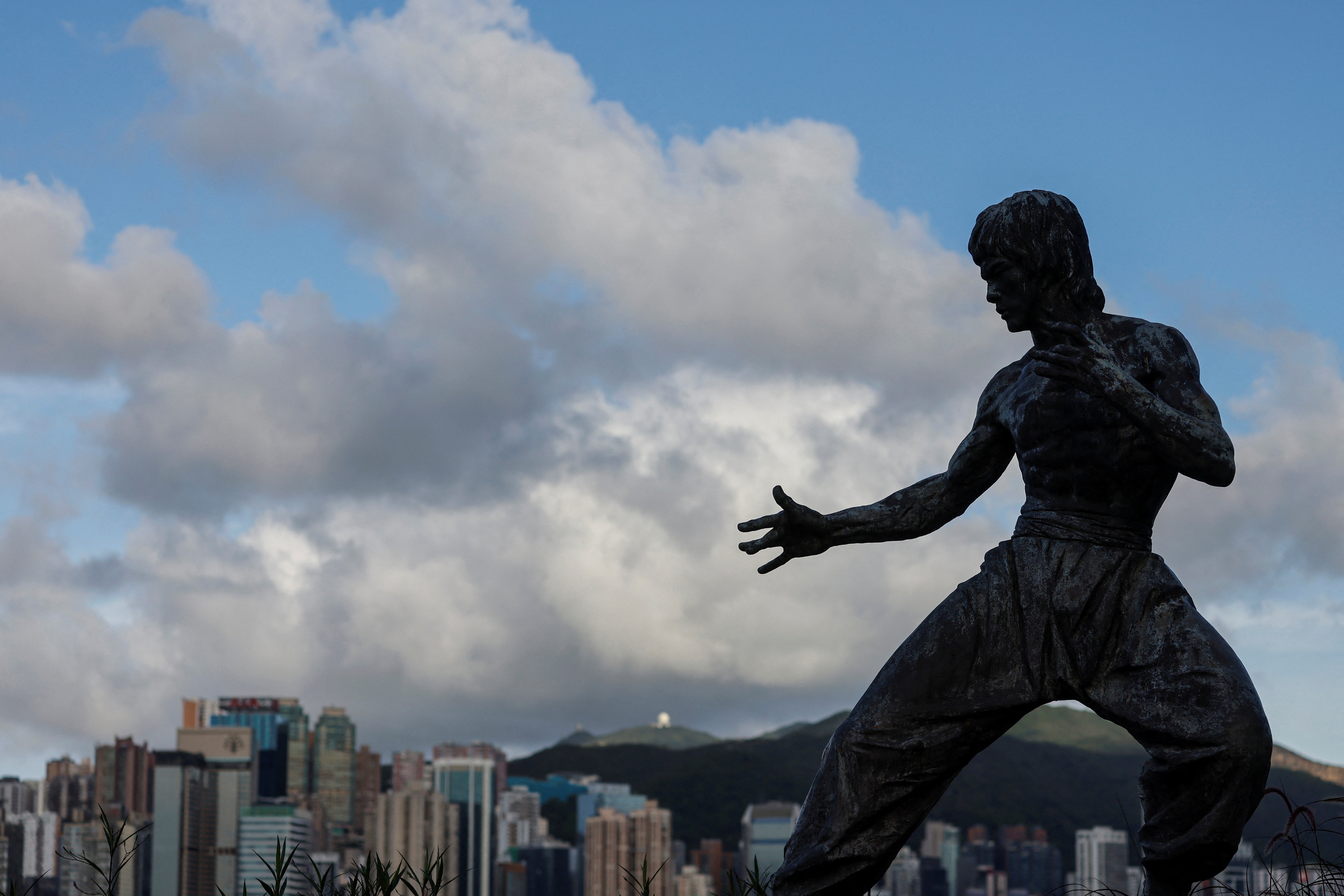
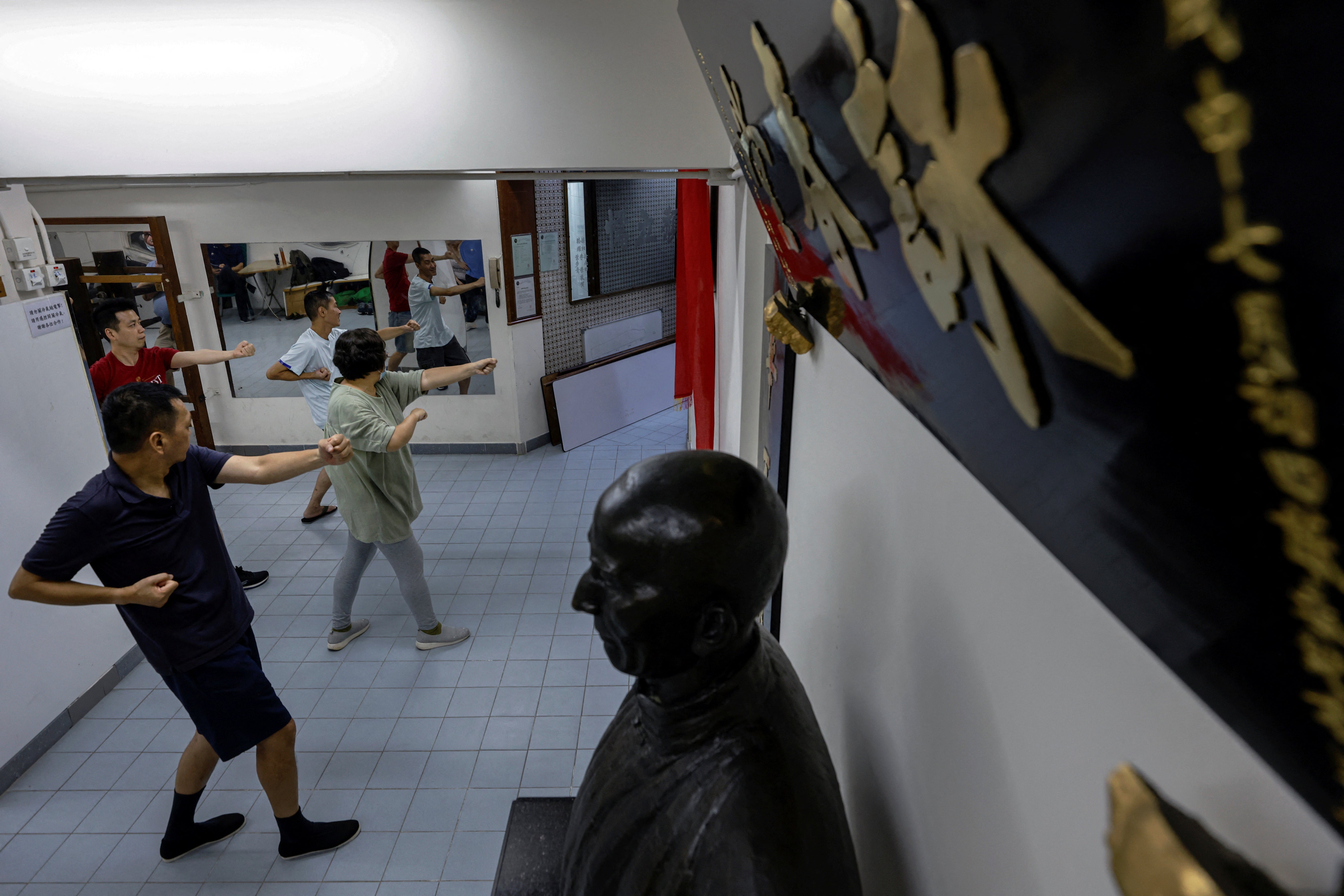
Captivated by the skill displayed in Lee’s performance, Tam, who was just 10 at the time, became a lifelong admirer.
But only in 2019 did Tam overcome her initial apprehension towards Hong Kong’s male-dominated martial arts scene to start learning Wing Chun, the southern Chinese style of the martial art in which Lee had trained.
“Martial arts are not solely about fighting,” Tam adds. “My instructor often emphasises that self-defence is about avoiding conflict and focusing on self-improvement.”
Lee’s contributions to martial arts, film, and philosophy have inspired legions of global fans but the legacy that endured for half a century is sometimes seen as a relic of the past in the former British colony.
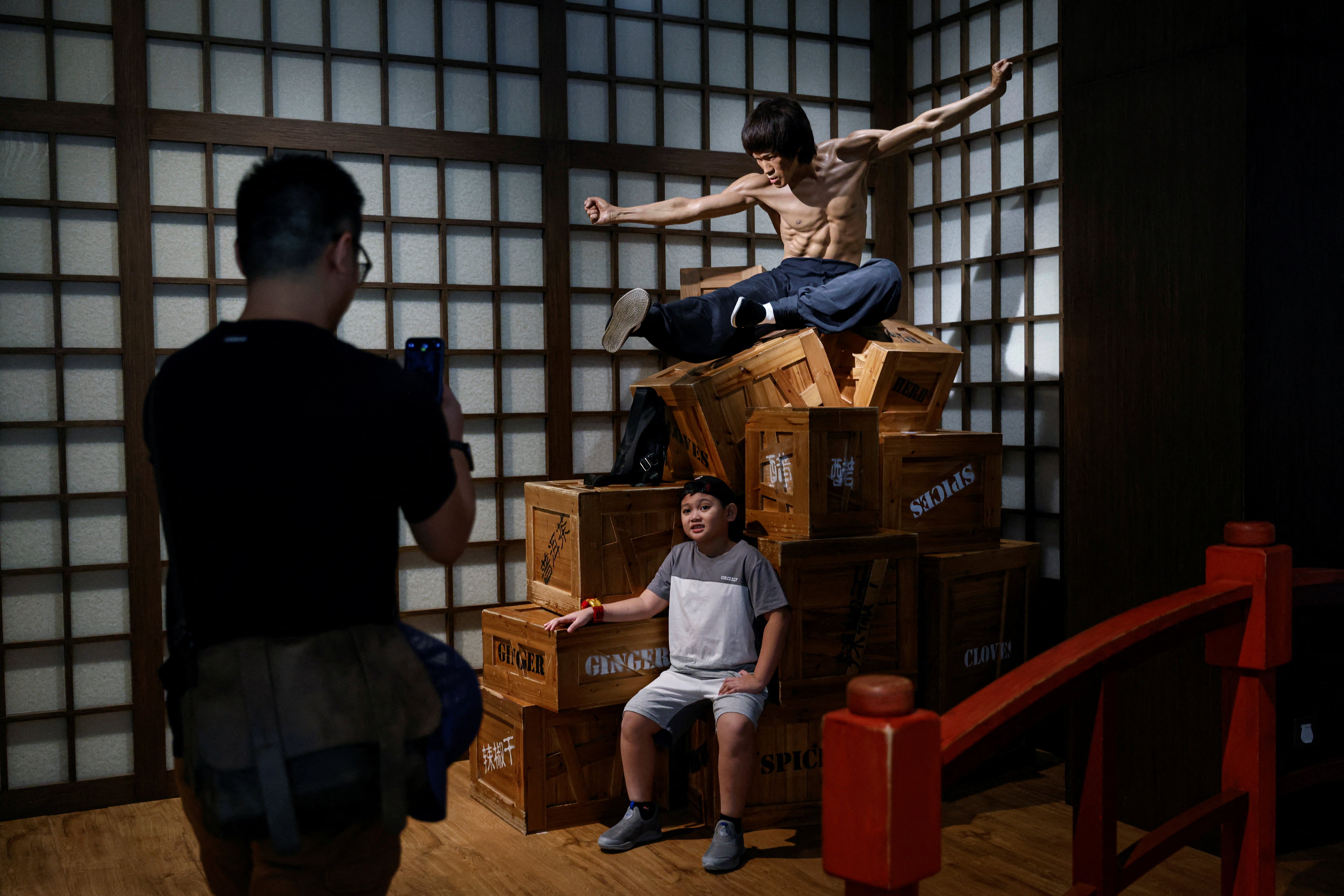
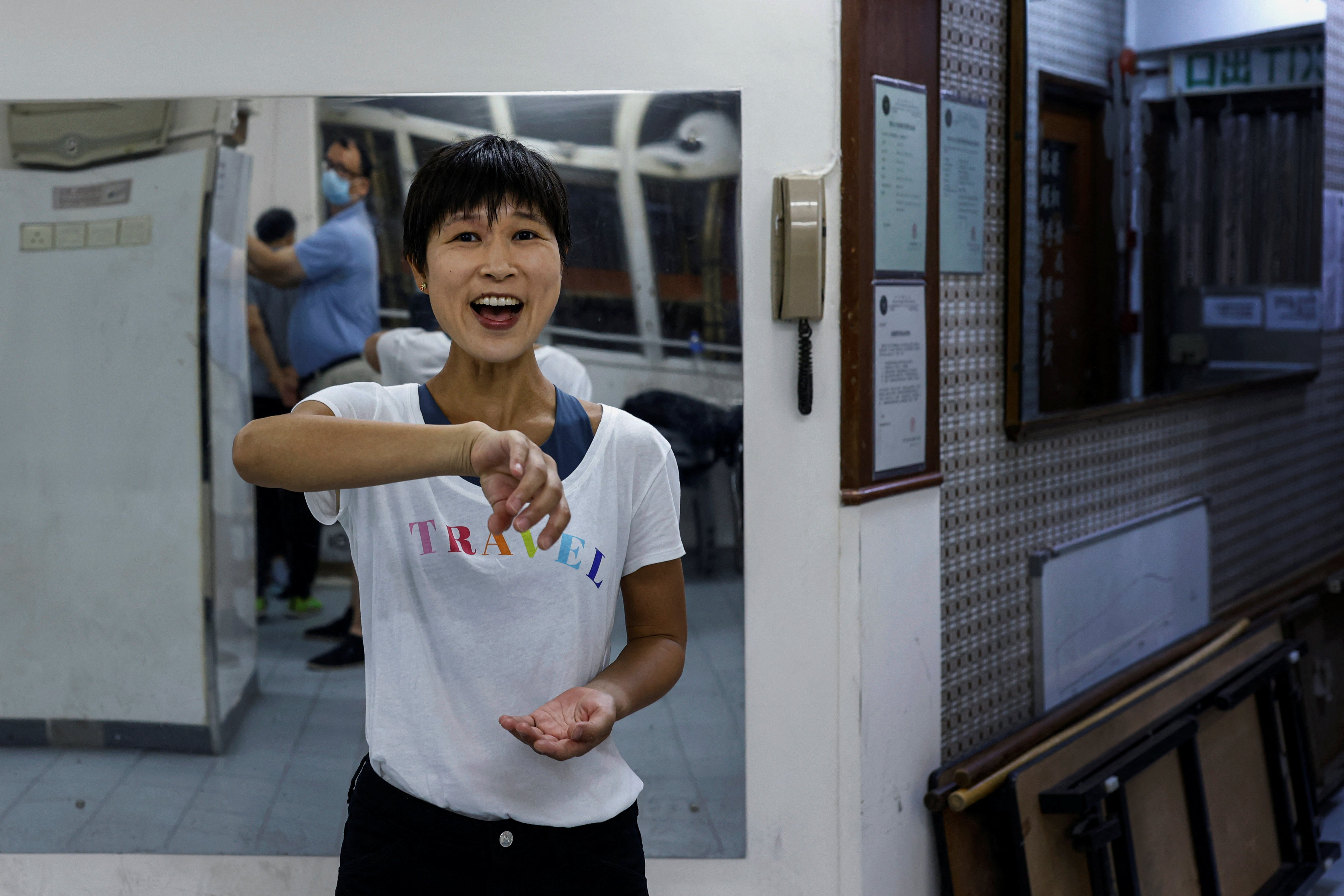
On his return from Hollywood in 1971, Lee made four Hong Kong films in just two years, among them Fist of Fury and Way of the Dragon.
He helped popularise Kung Fu through such blockbuster films and a hit American television series, The Green Hornet, but Wing Chun exponents have struggled to win disciples.
The swift pace of life in one of the world’s most expensive cities often conflicts with the time and effort required to master the traditional martial art, while soaring rents make it tough to set up schools.
“The rent is very expensive, and student tuition fees are not enough to cover that,” says Dennis Lee, chairman of the Ving Tsun Athletic Association, where Tam practices.
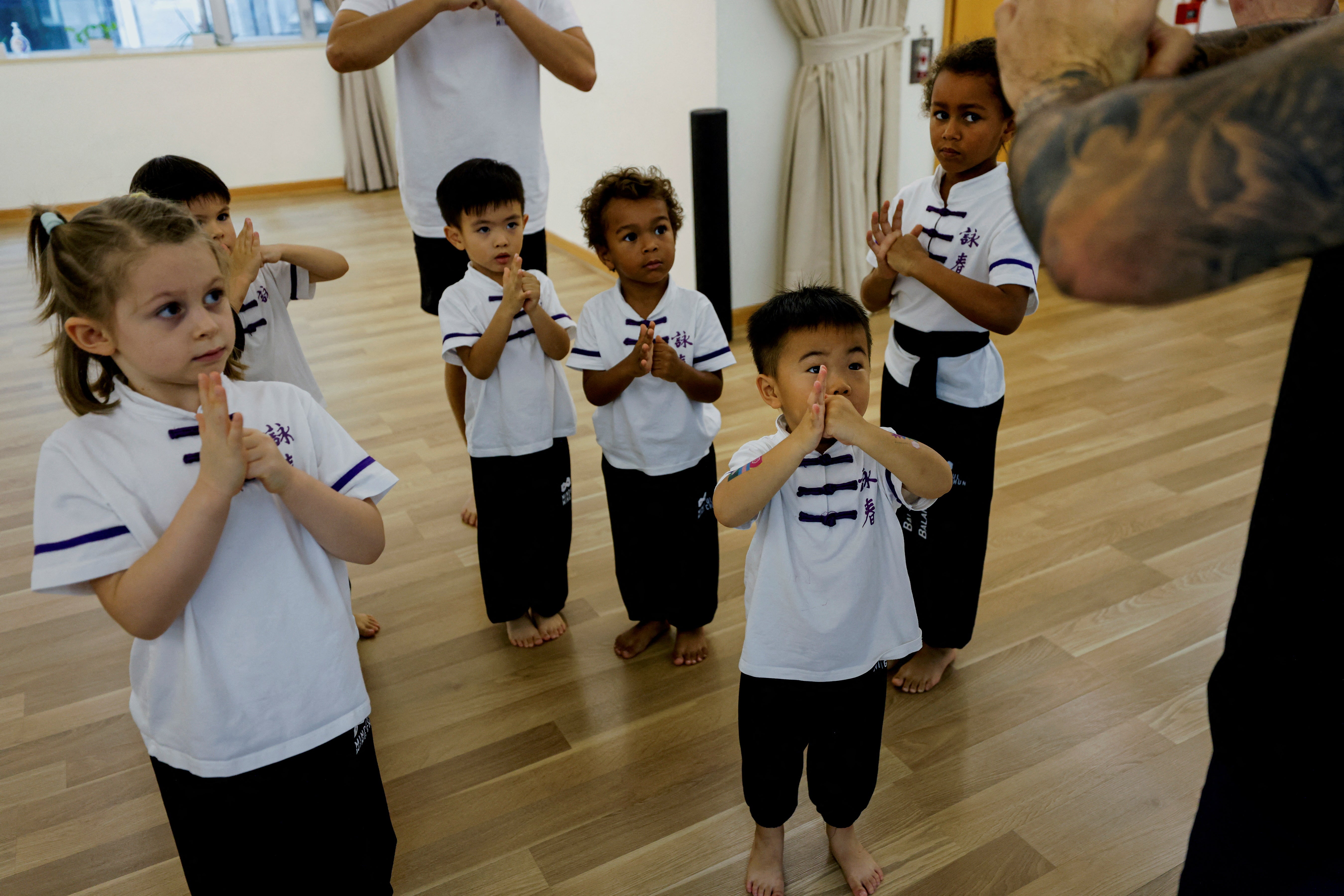

“How can you make it your career?”
The association holds classes and social events and arranges annual memorial ceremonies such as grave-sweeping for Ip Man, under whom Bruce Lee studied at the age of 13. But of late, attendance at such rituals has been dropping off.
Set up in 1967 by seven Hong Kong disciples of Lee’s influential teacher, the association functions out of a flat bought to serve as its headquarters, staying mostly unchanged for six decades, with original brown tiles still intact.
One of Lee’s most famous maxims, “Be water, my friend,” from an interview in 1971, inspired 2019’s pro-democracy movement.
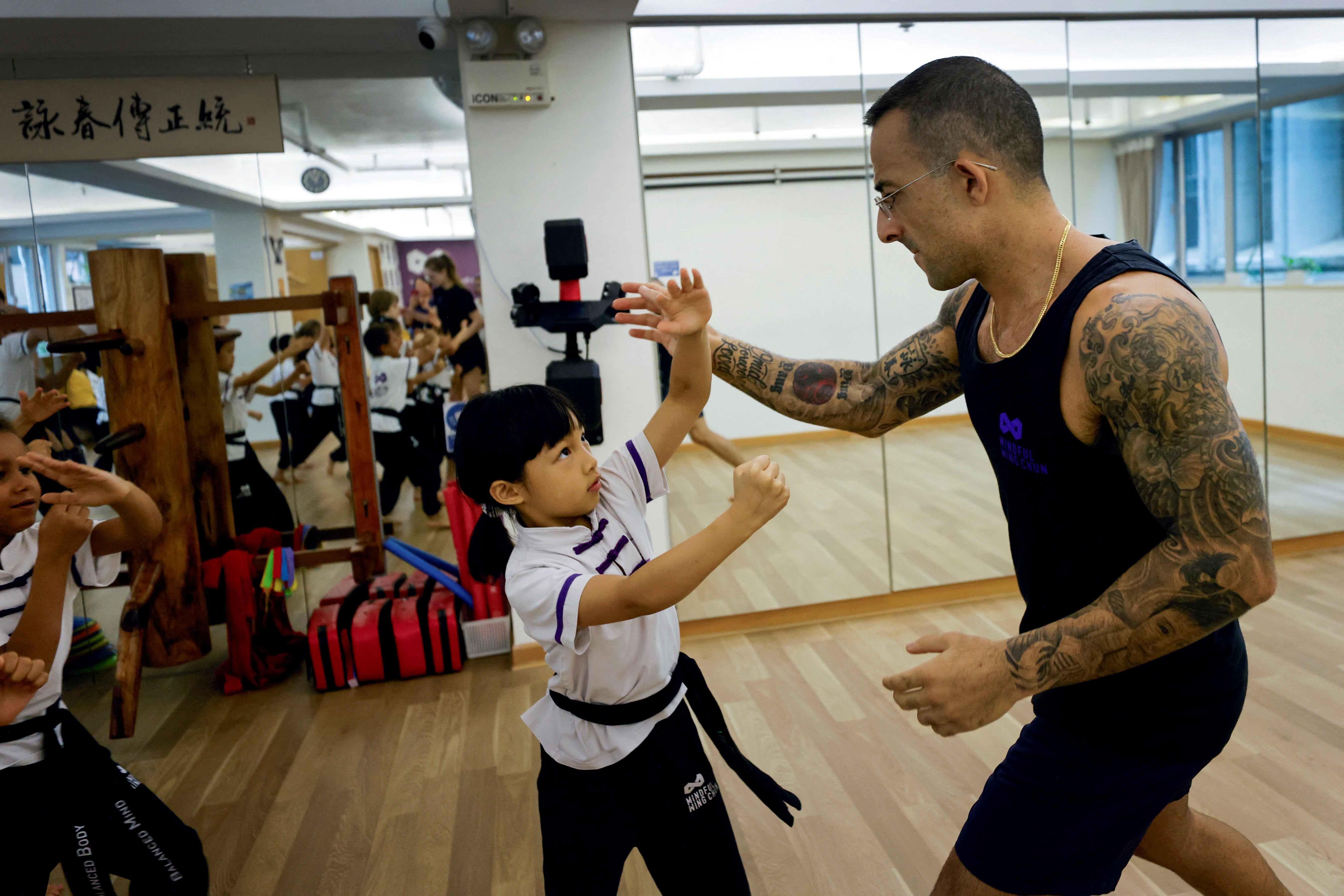
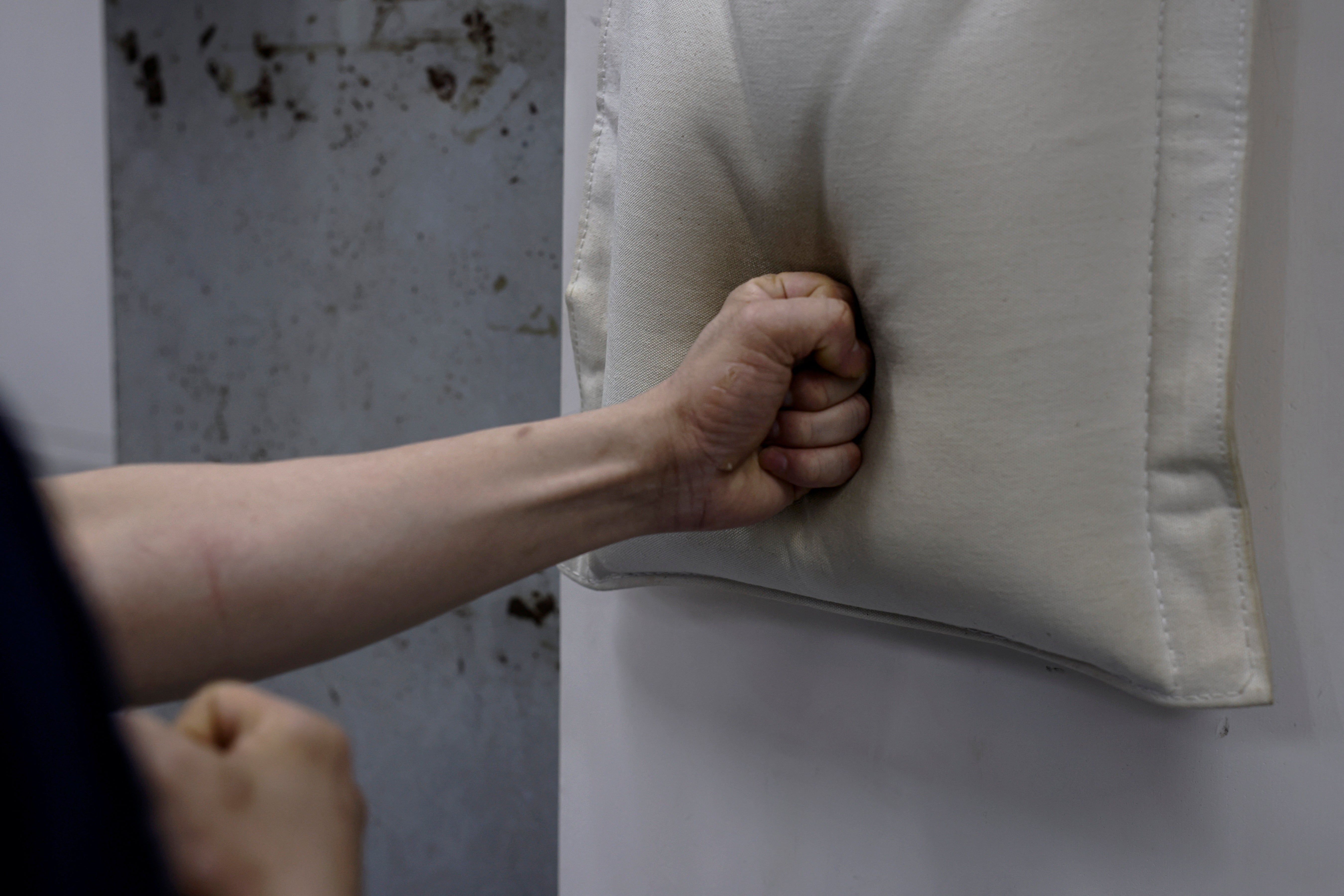
It provided a template for months of wildcat protests citywide against Beijing’s tightening grip on Hong Kong, which returned to Chinese rule in 1997.
Even though he has been dead for 50 years, Lee indirectly influenced King’s career, the instructor says.
“It’s not just about the movies. We respect that spirit. And that’s why we’ve got to work hard to keep preserving it,” he adds. “That’s Bruce’s legacy.”
Photography by Tyrone Siu
Reuters
Join our commenting forum
Join thought-provoking conversations, follow other Independent readers and see their replies
Comments